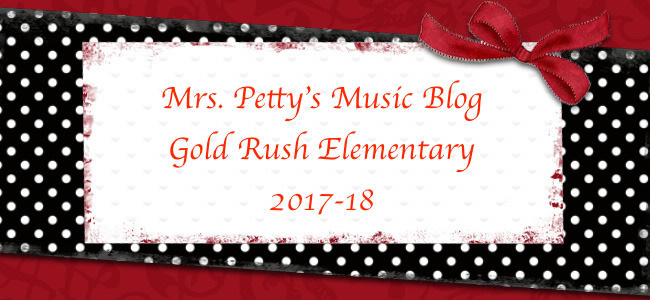____ Here's what happened in music recently (after Spring break - April 20):
- Kindergartners focused on music notation this month - both rhythm and pitch. We got there by taking the poem "Engine Engine Number Nine" and experiencing it with speech and a movement game. We read a graphic representation of 'train whistle' messages and discovered that rhythm is created when sound is interrupted with silence - creating different lengths. Students discovered and notated the number of beats in the poem. We used the beat to help us figure out the rhythm (whether there was one sound on a beat or two) and notated it at the SmartBoard with pictures of trains (one large for one beat of sound and two smaller train engines to represent two sounds on a beat). Later we took the rhythm and created a song using two pitches [Sol and Mi]. After experimenting (many student leaders) to create new melodies for the poem, we notated a favorite one on a three line staff at the SmartBoard - putting the trains into the spaces for Sol and Mi. Another day students accompanied the song the beat with xylophones. Students have also had some experience writing down Sol - Mi - La melodies on a 2-line staff.
- First Graders - Fifth grades learned 5 songs for with an environmental emphasis for an all-school sing-along for Earth Day.
- Song of the Earth
- Care for the Earth - some 5th graders helped to accompany this on guitar or ukulele
- Ecology Round - a 4-part round - 5th grade song leaders helped to keep us all together
- The Garden Song - chorus and 2 verses
- This Pretty Planet - a 3 part vocal canon (staggered entrances, but all ending at the same time at the end of a phrase) - made possible with the help of 5th grade song leaders.
